When it comes to designing a garden, there are many options when it comes to selecting a groundcover. You can opt for lush grass, mulch, stones, or concrete. An often overlooked, yet highly effective option is the use of weed barriers. Via a weed barrier, the soil is protected from any type of invasive weed growth, offering an ideal solution for an aesthetically pleasing landscape.
Keeping your landscape lush and beautiful may seem like a daunting task, but utilizing a weed barrier can make it extremely manageable. Weed barriers have multiple advantages – first and foremost being the deterrence of weeds from taking root in your greenery. Weeds can not only be an unsightly nuisance, but they can also wreak havoc on healthy grass and plants. Therefore, utilizing a weed barrier is a great way to maintain the pristine condition of your outdoor space.
A weed barrier provides more than just a non-invasive way to keep weeds in check; it can also help you to save money on your water bill. By acting as a barrier between the soil and the surrounding landscape, it can prevent water from getting absorbed by weed roots, thus conserving the amount of water used in your garden.
When determining an appropriate weed barrier for your landscape, certain elements must be taken into account. The climate of your region is a key factor that must be taken into consideration – select a barrier that is tailored to the environment you live in. Additionally, it is essential to examine the soil in your area – some barriers are not suitable for all soil varieties.
Taking into account the necessary factors, you can now select from a variety of weed barriers. Options such as black plastic, landscaping fabric, or burlap are popular choices.
After selecting the ideal weed barrier for your project, you are ready to install it. Commence by clearing the chosen area of any stones, roots, or residual mess. Ensure that the spot is completely clean and ready to receive the layer of protection.
With string or stakes, set a boundary for the spot in which the weed barrier will be laid. After the perimeter is outlined, you are free to start arranging the weed barrier.
To begin your project, place the weed barrier in the middle of the space. Gently spread it outward, so that it overlaps seamlessly bordering the perimeter. Take care to firmly anchoring it down with staples or nails.
With the weed barrier taken care of, you can pick your ideal ground cover. A lot of people go with options like mulch, pebbles, or bark chips. The possibilities are infinite!
When it comes to ground cover, remember that irrigation should be focused only around the plants themselves. If water touches the weed barrier, it can make it unsightly and flimsy. Therefore, keep the hose focused solely on your added foliage for best results.
By investing some extra energy in watering your ground cover, you will soon be able to take pleasure in its completed look in your landscape. Not only can a weed barrier add a visual appeal to your landscape, but it can also encourage water conservation and even help inhibit the growth of weeds.
Related Product
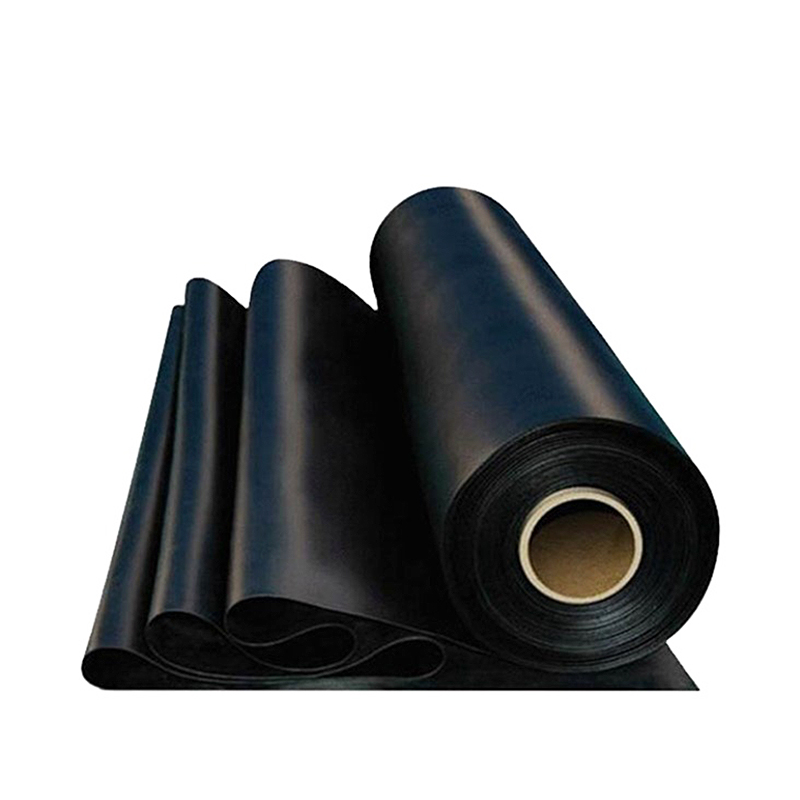
Hdpe Geomembrane
Product Features: They have strong ability for waterproof,anti seepage and isolation, aging resistance, good welding performance, convenient construction, root resistance and other […]
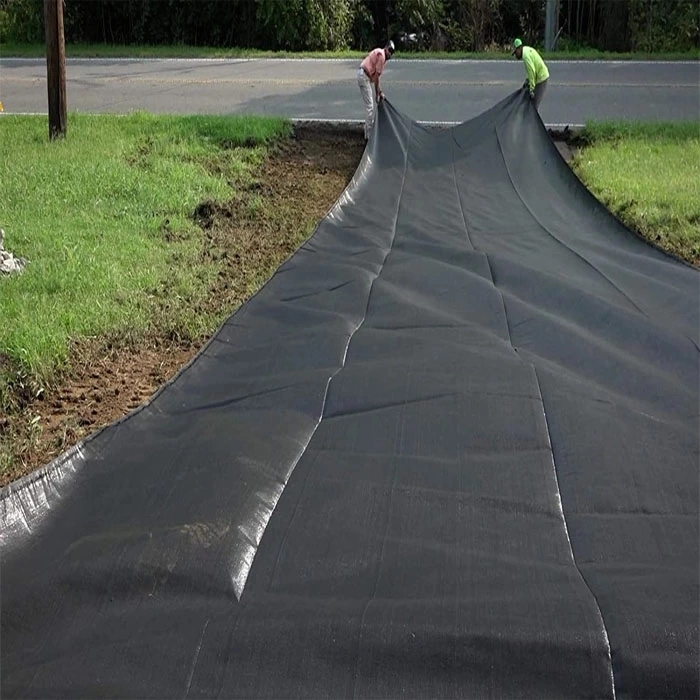
Bluekin Weedmat: Your Secret Weapon for a Low-Maintenance and Beautiful Garden
Are you tired of spending countless hours weeding and maintaining your garden? Look no further than Bluekin Weedmat, the ultimate solution for a low-maintenance and beautiful garde […]
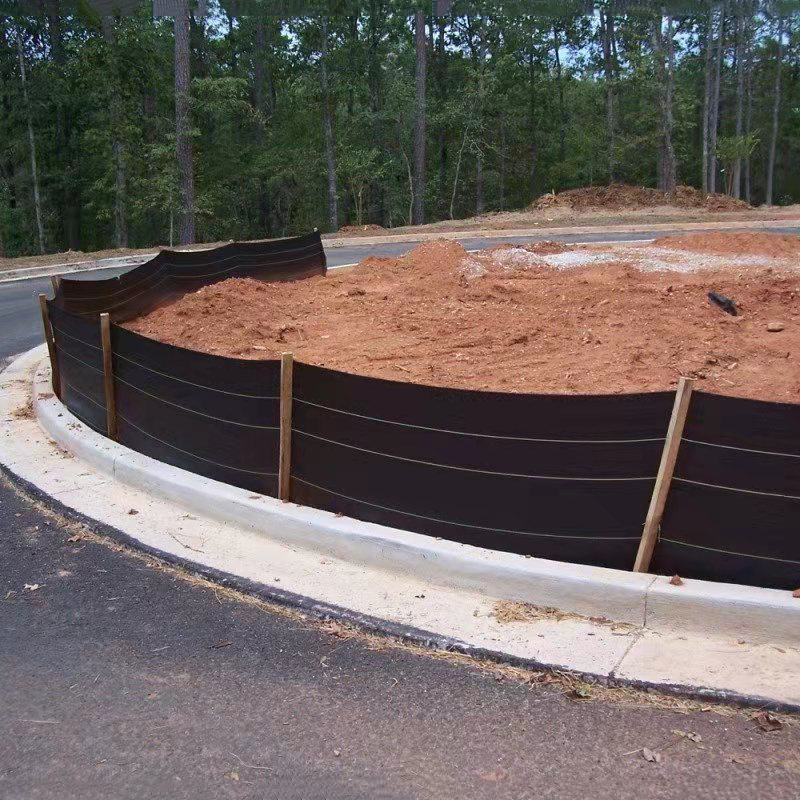
Silt Fence
Product Weed Mat / Ground cover/Slit fence Weight 70g/m2-300g/m2 Width 0.4m-6m. Lengths 50m,100m,200m or as your request. Color Black,Green,White ,Yellow or As your request […]

Non-Woven Geotextile
Geotextiles are permeable geosynthetic materials made by needling or weaving synthetic fibers. Geotextile is one of the new geosynthetic materials, and the finished product is clot […]
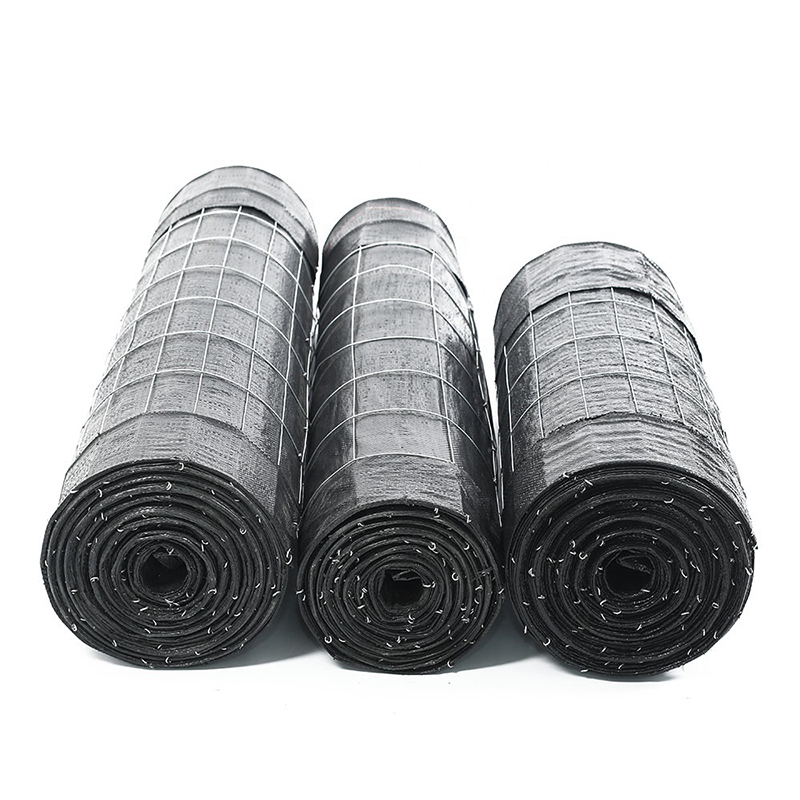
Wire Backed Silt Fence
The Wire Back Silt Fence is a strong erosion control fence designed for areas with demanding silt and erosion control requirements. Offering more strength and stability than a stan […]
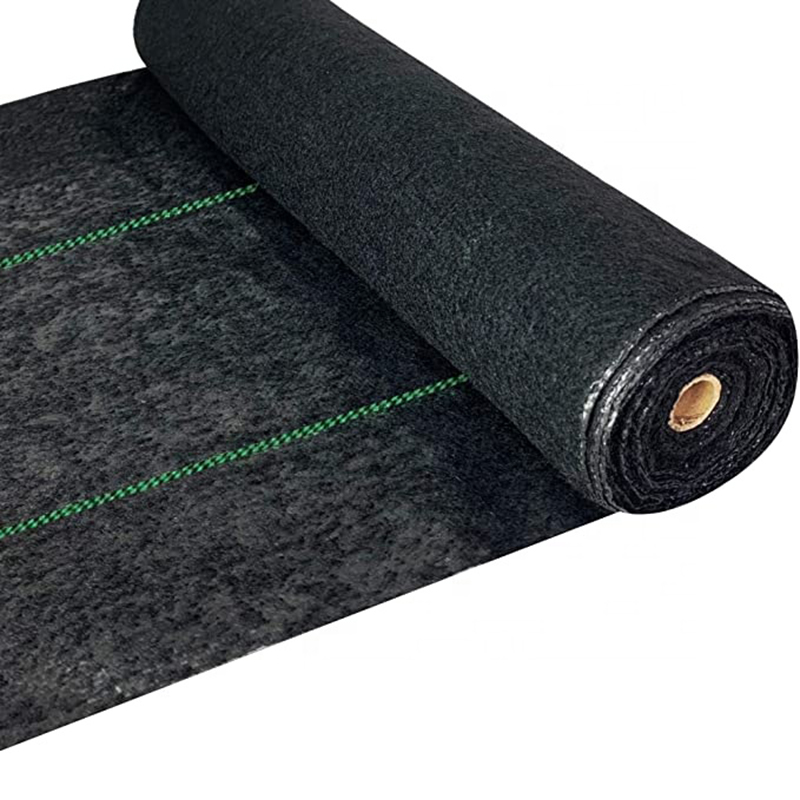
Heavy Duty Landscape Fabric
High Strength &Durability: 5.8oz heavy duty landscape weed barrier fabric, made of tightly woven polypropylene fabric needle which punched with UV-stabilized. 98.7% opaque to l […]
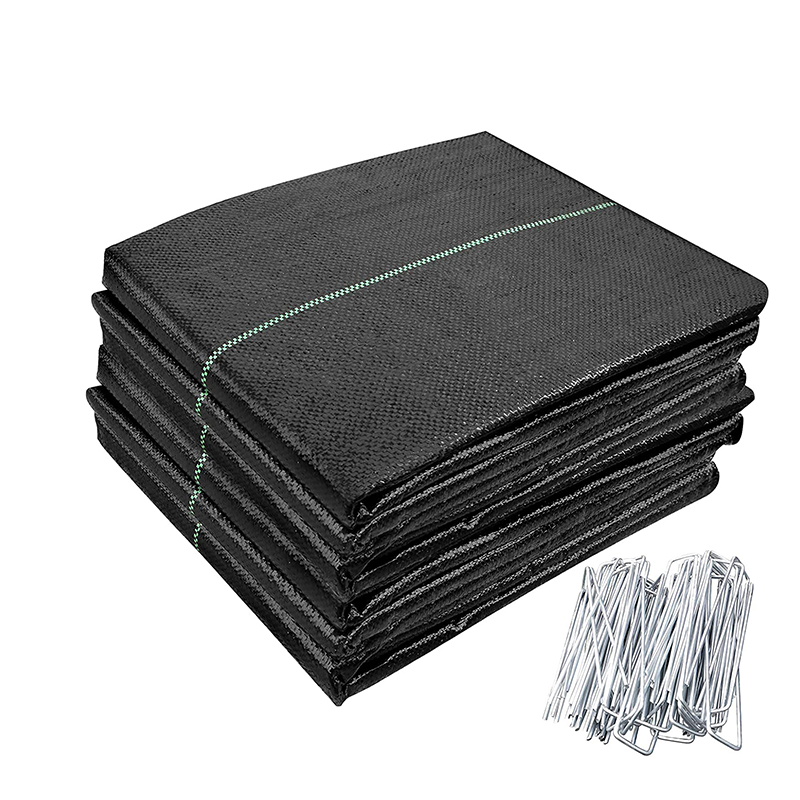
Woven Geotextile/Weed Mat
PP Woven Geotextiles are a series geotextiles made of high-performance polypropylene woven geotextile fabrics combining strength, durability and robust design. All these PP woven g […]
Post time: 2023-06-23
